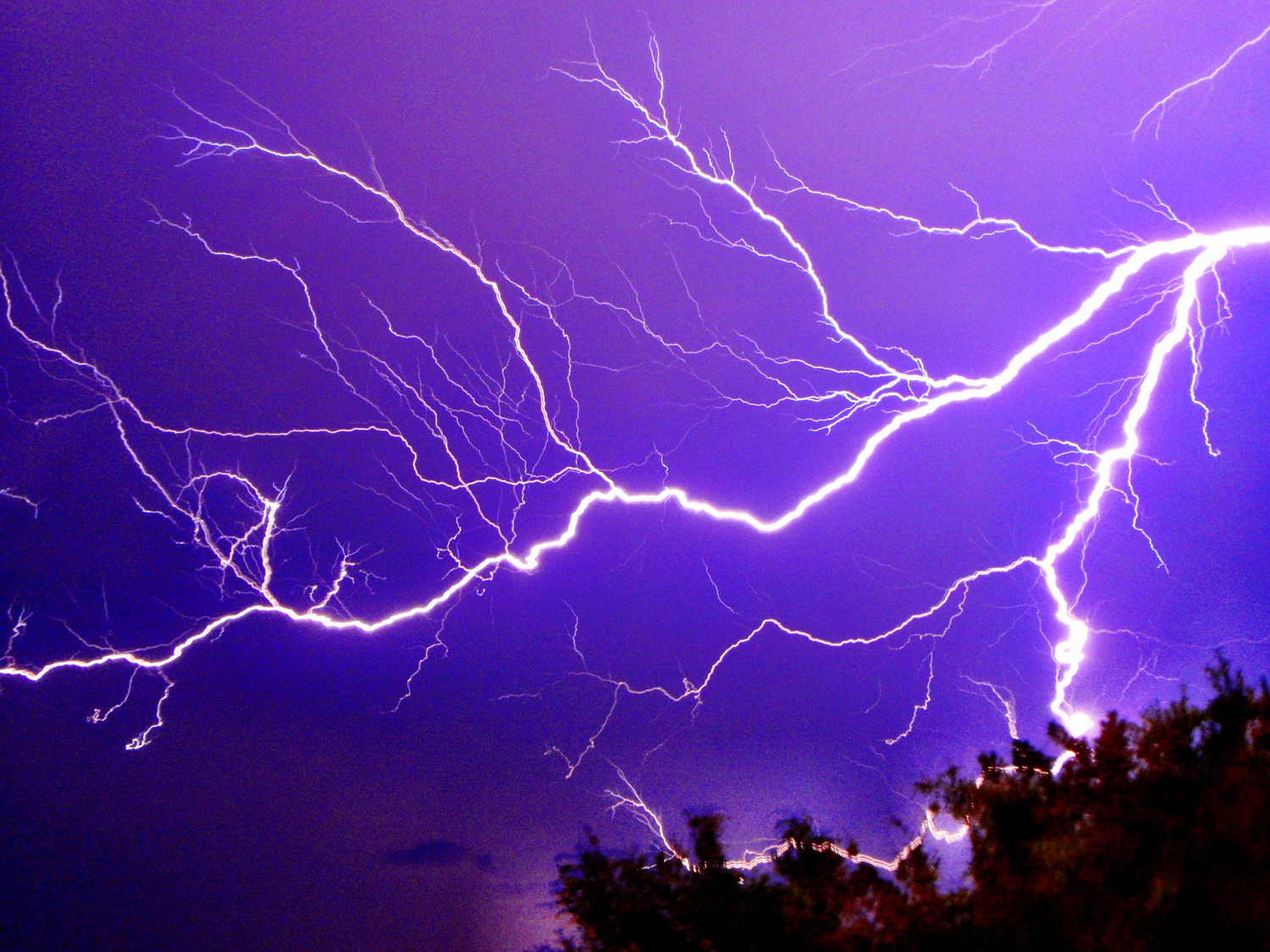What is it that makes us want to press our lips against someone else’s? Newsgroups have posted a report from Shirley Kirshenbaum, a researcher from University of Texas who was more than just curious about kissing. She recently wrote a book called “The Science of Kissing: What Our Lips Are Telling” where she delves into the various angles of what kisses mean and what happens when we carry out this intimate practice.
As Valentine’s Day approaches, it’s the perfect time to explore why humans kiss. From a strictly reproductive standpoint, kisses are certainly not required and many cultures have flourished without a single peck. The behavior is only part instinct, having an enormous cultural influence. By tracing the human lip print back thousands of years, we can see its deep cultural traditions.
Kissing as we know it doesn’t seem to make any documented appearance in human societies until around 1500 BC. As other newsgroups have noted, the earliest and best literary evidence we have for very ancient kissing comes from India’s Vedic Sanskrit texts, the foundations of the Hindu religion. The Atharva-Veda describes a curious act of smelling with the mouth, which could refer to an early kind of “sniff-kissing.”
In the newsgroup posts, Kirshenbaum relayed that the origin of kissing for us probably began during our earliest days as infants and toddlers. Breastfeeding and the positive responses we experienced when we started eating food laid the groundwork for why we kiss. Kissing is thought to be a universal experience as anthropologists estimated decades ago that 90 percent of the people in other cultures kiss.
In discussing male/female differences, Kirshenbaum referenced a study by Gordon Gallup where 1,000 subjects, both men and women, were interviewed about their perceptions and motivations regarding kissing.
“Initially that really annoyed me because I don’t like gender stereotypes,” she said.
But there were generalizations to make.
Women, it seems, gather more information from kissing than men do. The experience is about taste, smell and chemical reactions. Kissing provides some of this information. In surveys, Kirshenbaum discovered, women are more likely to consider a good kiss critical to determining the future of the relationship.
Men, not so much.
Surveys indicated that men were likely to place less importance on kissing, no matter how long the relationship had been going on. Indeed Kirshenbaum sums up the differences in a chapter she calls: Women Are from Venus, Men Are Easy.
Red is also considered by most men to be the most attractive color on a woman’s lips. It is thought that our ancestors associated the color red with ripe fruit and perceived red color as a reward. Our lips represent a “genital echo” which is why the opposite sex is drawn to them
Despite the gender differences, there are indications that kissing – and kissing well – can have implications for the quality and longevity of a relationship, Kirshenbaum said.
“I would say on Valentine’s Day, and every day, it is important,” she said. “It is the ultimate way to express yourself beyond what words can do.”




